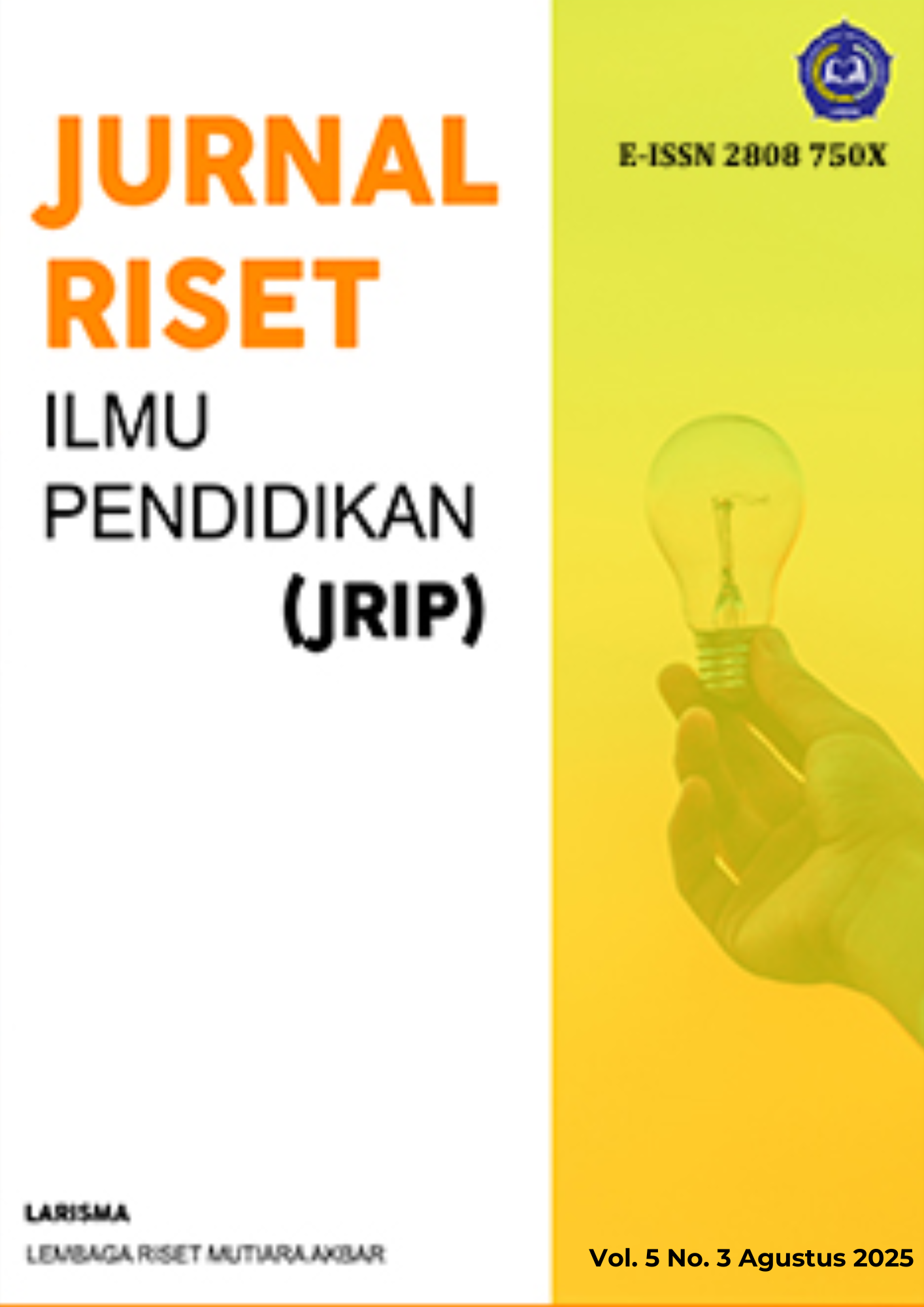Integration of Values, Culture of Linguistic Politeness and Digital Technology in Educational Development: A Study of Gibran Rakabuming Raka's Twitter Comment Column
Main Article Content
Abstract
The integration of values, culture of politeness, and digital technology in education is key to creating a knowledgeable, cultured, and ethical generation. In the 21st century, one of the national characteristics that is starting to fade is the cultural values of politeness, which are being eroded by the sophistication of science and technology. This paper aims to identify violations of values, culture, and politeness from an educational perspective, specifically character education, in Gibran Rakabuming Raka's Twitter comment column. The method used is netnography, a form of ethnography adapted to the social world mediated by computer devices. Of the 25 netizen comments sampled, there were 9 (22.5%) comments violating the Maxim of Tact, 7 (17.5%) comments violating the Maxim of Praise, 2 (5%) comments violating the Maxim of Sympathy, 3 (7.5%) comments violating the Maxim of Politeness, 2 (5%) comments violating the Maxim of Humility, 1 (2.5%) comment violating the Maxim of Generosity, and 1 (2.5%) comment violating the Maxim of Agreement. Thus, it is concluded that there is a violation of the cultural values of politeness in language committed by netizens in the Twitter comment column of Gibran Rakabuming Raka.
Article Details

This work is licensed under a Creative Commons Attribution-ShareAlike 4.0 International License.
References
Ahnaf, M. I., & Suhadi. (2014). Isu-isu kunci ujaran kebencian (hate speech): Implikasinya terhadap gerakan sosial membangun toleransi. Jurnal Multikultur Multireligius, 13(3).
Anam, M. C., & Hafis, M. (2015). SE Kapolri tentang penanganan ujaran kebencian (hate speech) dalam kerangka hak asasi manusia. Jurnal Keamanan Nasional, 1(3), 345–346.
Bakry, U. S. (2017). Pemanfaatan metode etnografi dan netnografi dalam penelitian hubungan internasional. Global & Strategis, 11(1), 15–26. https://ejournal.unair.ac.id/JGS/article/download/3788/3802
Brison, S. (2013). Hate speech. In H. LaFollette (Ed.), The international encyclopedia of ethics. Blackwell Publishing Ltd. https://doi.org/10.1002/9781444367072.wbiee034
Citra, F. (2015, November 23). Hate speech, kenapa diributkan? Ujaran kebencian (hate speech) di Indonesia. Kompasiana. https://www.kompasiana.com/fannycitras/56529a0d29b0bd3a0501a393/mikom-uph-bekerjasama-dengan-kominfo-selenggarakan-seminar-hate-speech-kenapa-diributkan
Effendi, M. (n.d.). Dimensi/dinamika hak asasi manusia dalam hukum nasional dan internasional. Ghalia Indonesia.
Febriyani, M. (2018). Analisis faktor penyebab pelaku melakukan ujaran kebencian (hate speech) dalam media sosial [Skripsi, Universitas Lampung].
Kozinets, R. V. (2010). Netnography: Doing ethnographic research online. Sage Publications.
Nasrullah, R. (2019). Etnografi virtual: Riset komunikasi, budaya, dan sosioteknologi di internet. Simbiosa Rekatama Media.
Oktaviani, S. (2020). Disfemisme: Analisis ujaran kebencian dalam kolom komentar pragmatik [Disertasi, Universitas Gadjah Mada].
Sahrul. (2019). Socrates Cafe: Bijak, kritis & inspiratif seputar dunia & masyarakat digital. PT. Elex Media Komputindo.
Saifudin, A. (2019). Teori tindak tutur dalam studi linguistik pragmatik. Lite: Jurnal Bahasa, Sastra dan Budaya, 15(1).
YouTube. (2019). ILC debat politik 2019 (terorisme, radikalisme, dan agama) [Video]. https://www.youtube.com

